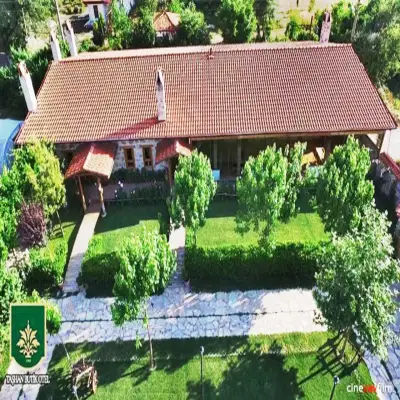
Mugla Guide
Muğla is not only famous for its dazzling bays but also for its deep-rooted history that spans thousands of years. Having hosted various civilizations from ancient times to the present, Muğla stands out as one of the richest examples of Anatolia’s cultural heritage. The city’s historical texture continues to live on in its cobbled streets, ancient cities, mosques, and museums.
Muğla’s appearance on the stage of history dates back to around 3000 BCE. In antiquity, most of the region that now makes up Muğla belonged to the ancient Caria civilization, while Fethiye and its surroundings were part of Lycia. The Carians were known for their unique language and strong maritime culture. Their capital was Halikarnassos, located in today’s Bodrum. This city is also famous for being the site of the Mausoleum of Halicarnassus, one of the Seven Wonders of the Ancient World.
The Lycian region was home to an independent-minded people known for their advanced urban planning and rock-cut tombs. Cities such as Kaunos, Tlos, Letoon, and Xanthos still bear witness to the magnificence of that era. The remains of ancient theaters, temples, and agoras scattered across Muğla demonstrate the artistic and engineering prowess of these civilizations.
From the 2nd century BCE onward, the region came under the control of the Roman Empire. Cities flourished during this period; roads and aqueducts were built, and trade expanded. This was followed by the Byzantine era, during which Christianity spread and many churches and monasteries were built. Rural settlement increased, and defensive structures became more prominent.
Following the Battle of Manzikert in 1071, Turkish tribes began to settle in Anatolia, eventually reaching Muğla in the 13th century. In 1261, the Menteşe Beylik was founded, marking a new chapter in the region’s history. This principality quickly established control over the area and turned Muğla into a political and cultural center. Many of the structures built during the Menteşe period—mosques, madrasahs, inns, and bazaars still stand today. The Ulu Mosque, Kurşunlu Mosque, Arasta Bazaar, and Muğla’s traditional houses reflect the architectural heritage of that time.
In the 15th century, Muğla became part of the Ottoman Empire. Under Ottoman rule, the city grew in administrative importance as a regional center. Education, trade, and craftsmanship flourished. Ottoman-era houses, hammams, and tombs are particularly notable in the city center. Neighborhoods like Saburhane and Yukarı Mahalle still preserve the traditional urban fabric with their bay-windowed houses and narrow streets.
With the establishment of the Republic of Turkey in 1923, Muğla began a process of modernization. Yet this development did not erase its historical character. On the contrary, both local communities and officials have made efforts to protect its heritage. Today, Muğla is not only a summer holiday destination but also a major center for history and cultural tourism. For archaeology enthusiasts, history lovers, and cultural travelers, it is truly an open-air museum.
For accommodation suggestions, you can check out our Muğla City Center Hotels page.


